Projected to nearly triple from a $14.3 billion market last year to $37.4 billion by 2028, coworking spaces are seeing remarkable growth. Industry research forecasts that flexible space will represent 30% of all office inventory globally by 2030.
Health concerns and remote work mandates during the COVID-19 pandemic dealt a severe blow to coworking, causing demand to plummet. But now shared offices are experiencing a resurgence as companies embrace hybrid models, tapping into the flexibility and community coworking provides. Coworking 2.0 has arrived.
But at a time when many operators are reporting growth and increased profits, the paradox is that a company like WeWork, once synonymous with coworking, is facing an existential threat due to its financial structure and member churn. While demand for flexible workspace is growing overall, WeWork has expressed doubts about its ability to remain in business long-term.
This article examines what’s fueling coworking’s growth. We identify the big trends reshaping the landscape, from companies adding coworking-inspired spaces that cater to younger workers, to niche operators offering specialized amenities. As organizations recognize coworking’s power to balance remote and office work, they are transforming their own workplaces to incorporate flexible space strategies. The flexible space market will only keep expanding.
8 Coworking Trends Reshaping the Workplace
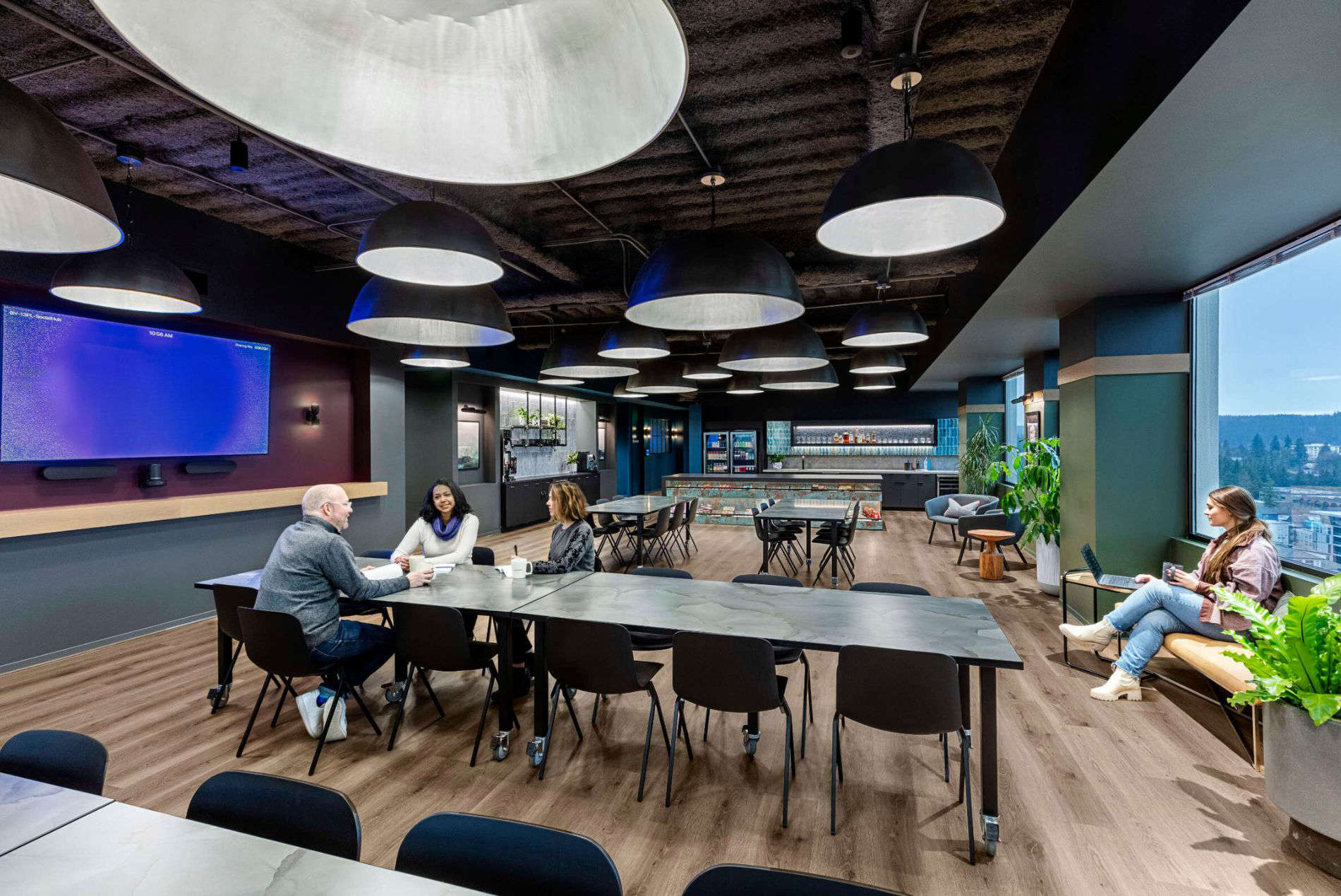
Coworking is evolving in response to shifting workforce preferences, corporate needs for flexibility and changing perspectives on traditional offices. New models are emerging, each meeting the unique demands of the post-pandemic business world. From on-demand virtual platforms to experiential team gatherings, these innovations are more than fads. They are pivotal responses to the priorities of today’s hybrid workforce, offering new avenues for connection and productivity.
Here we look at eight coworking-inspired trends reshaping corporate real estate and the workplace:
1. Embracing the Hybrid Future: Companies using hybrid work models consider coworking vital. These spaces offer flexibility and productivity for remote workers who find working from home challenging. In the evolving hub-home-spoke model, coworking strikes a perfect balance between remote and office settings. Companies are also finding value in embedding teams into coworking sites to spur connections and cross-pollinate with similar (and different) industries.
2. Work-Life Balance for Generation Next: Surveys show that younger staff members want a work environment that’s not entirely remote. A substantial 76% of workers aged 20-29, and 71% of those aged 30-39, still value in-person interactions. The desire for mentorship opportunities and coaching from leaders is a driving force behind this preference for face-to-face connections. The need to connect and build social capital with others plays a role in the “we-volution” of work.
3. Corporate-Coworking Convergence: Employers are establishing coworking-style spaces inside their own offices to stimulate collaboration and build community. The goal is to blend the best of traditional offices—such as being company-owned, facilitating connection to the brand and granting access to teammates. At the same time, this approach embraces the energizing atmosphere and diverse options of coworking, designed for in-house teams.
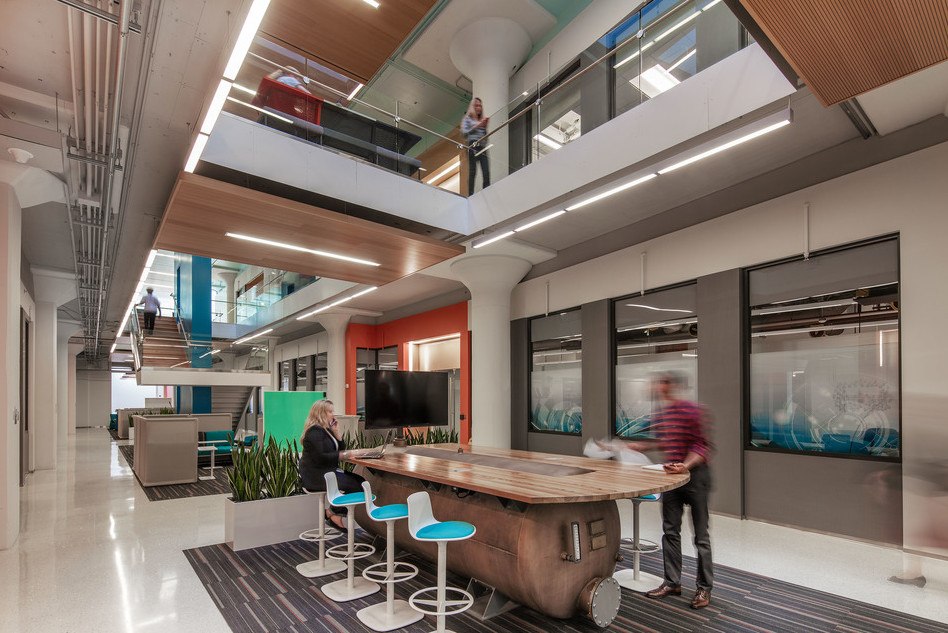
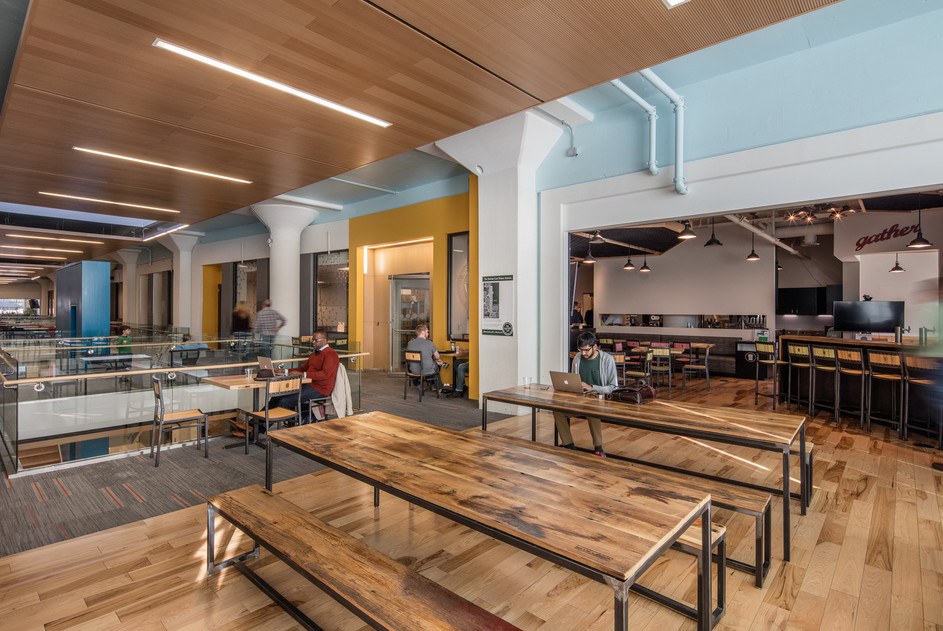
4. Rethinking Efficiency: Companies grappling with operations during low-peak days are establishing on-premise shared spaces, incubators and innovation centers. They strategically use these on low-peak days like Mondays and Fridays, closing other areas to cut costs. This creates synergies and buzz even with less traffic. During high-peak times, these spaces act as overflow and collaboration spaces to meet the demand for team interactions.
5. Rise of Workspace Concierges: Companies are introducing “Experience Managers” who work to meet the high demands of today’s workforce. From planning events to acting as personal assistants, these professionals ensure staff have the best possible office experience and curate a sense of belonging and community.
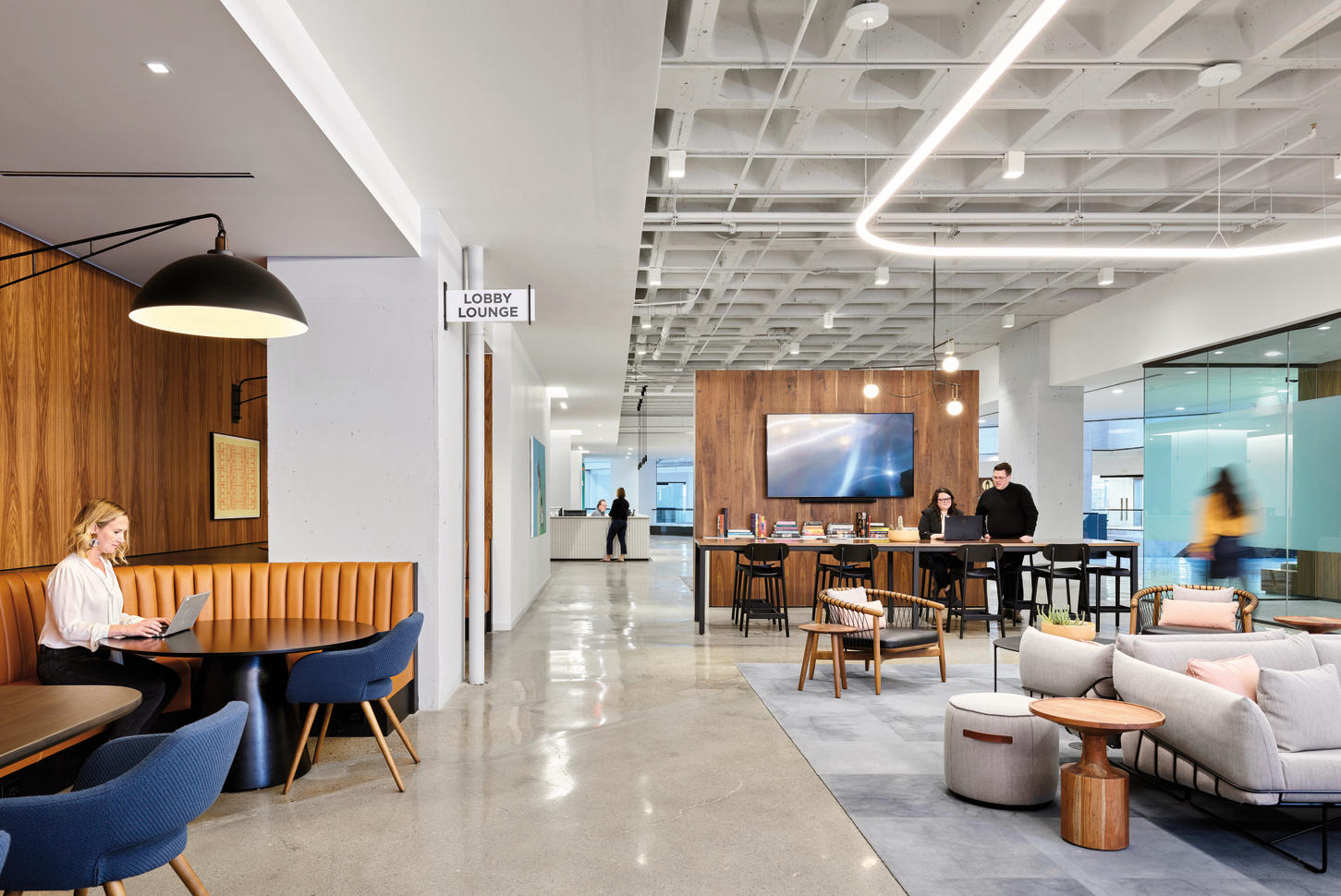
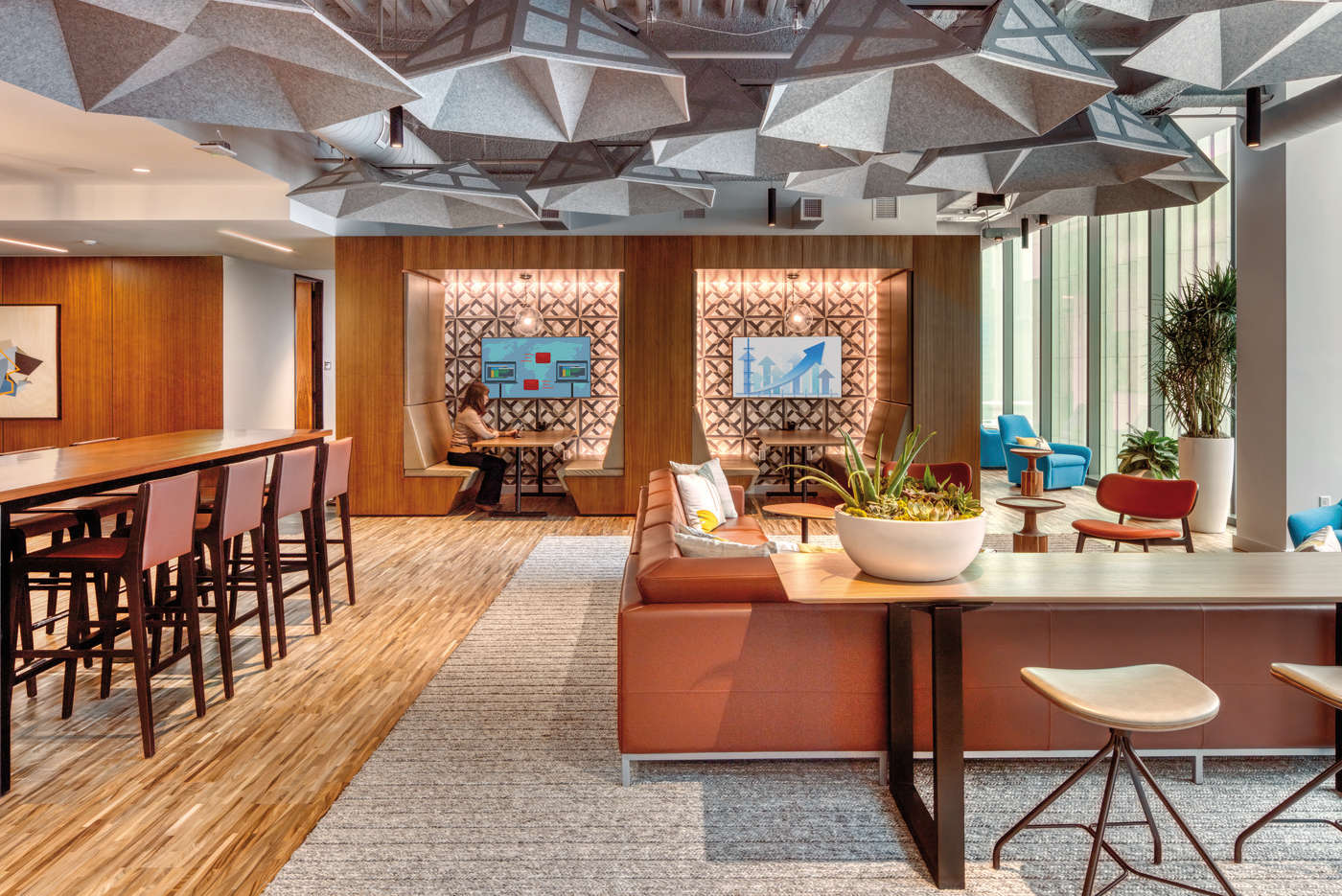
6. Flexible Leases: Startups and nontraditional companies like the flexible leases coworking offers, as they need to adapt quickly to changing business conditions. This flexibility attracts agile, dynamic young companies. It’s also pushing landlords to consider shorter lease options.
7. The Death of Swing Space: Remote work and coworking provide new alternatives to traditional swing space during office renovations. These options streamline the renovation process by easing logistical challenges and cutting costs associated with temporary relocations. They also reduce construction disruption and exposure to airborne debris. For example, one of our HOK offices recently leveraged a nearby coworking space to avoid the need for swing space during a major renovation.
8. New Frontiers: The pandemic triggered an exodus of workers from major hubs to secondary and tertiary markets, and from central business districts to the suburbs. Vacancies and falling property values in some cities also have given rise to new opportunities. Shared spaces are popping up in new locations like former retail spaces and strip malls. Coworking spaces bridge geographic divides, expanding access to talent while fostering community among dispersed teams.
The Evolution of Coworking Spaces
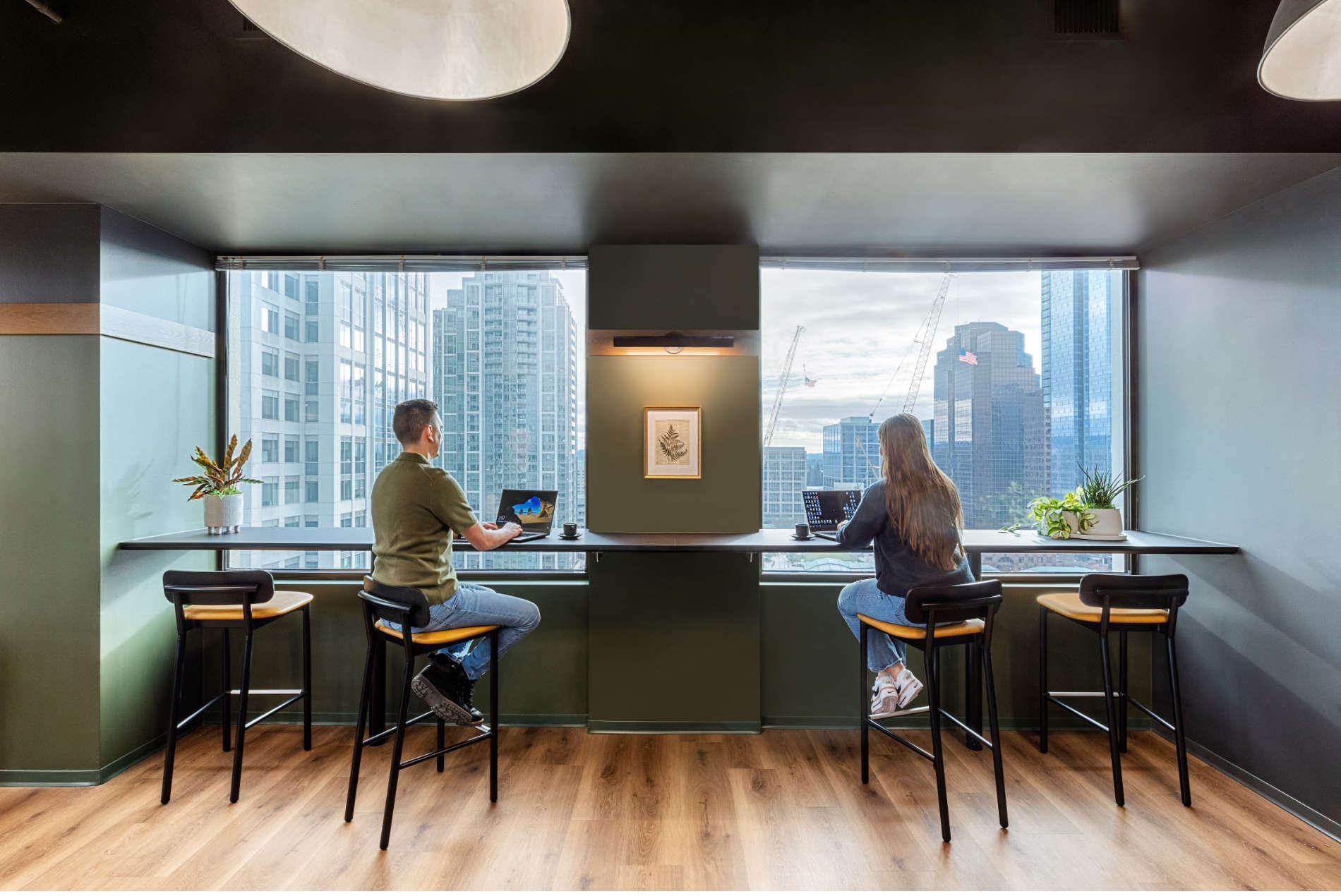
These trends have fueled the creation of several new coworking models. According to CoworkingCafe’s latest report, the U.S. supply of coworking spaces grew 10% in the second quarter of 2023, surpassing 6,100 flexible workspaces occupying 120 million square feet.
Here is an overview of what we’re seeing on the market:
1. Traditional Coworking Spaces: Despite a competitive market for flexible office space, traditional providers like Regus (IWG), Industrious and Spaces continue to experience higher occupancy rates, demonstrating coworking’s resilience.
2. Serviced Offices: More companies are taking blocks of coworking space, making this model increasingly popular.
3. The Big Room Mindset and Innovation Zones: The use of shared, open space for teams to cross-pollinate has driven the rise of innovation zones for collaborative co-creation within corporate space.
4. Flex Space: Landlords looking to reduce vacancies and enable new tenants to occupy space quickly are creating ready-to-go spec suites. These spaces often accommodate some alterations but expedite space delivery.
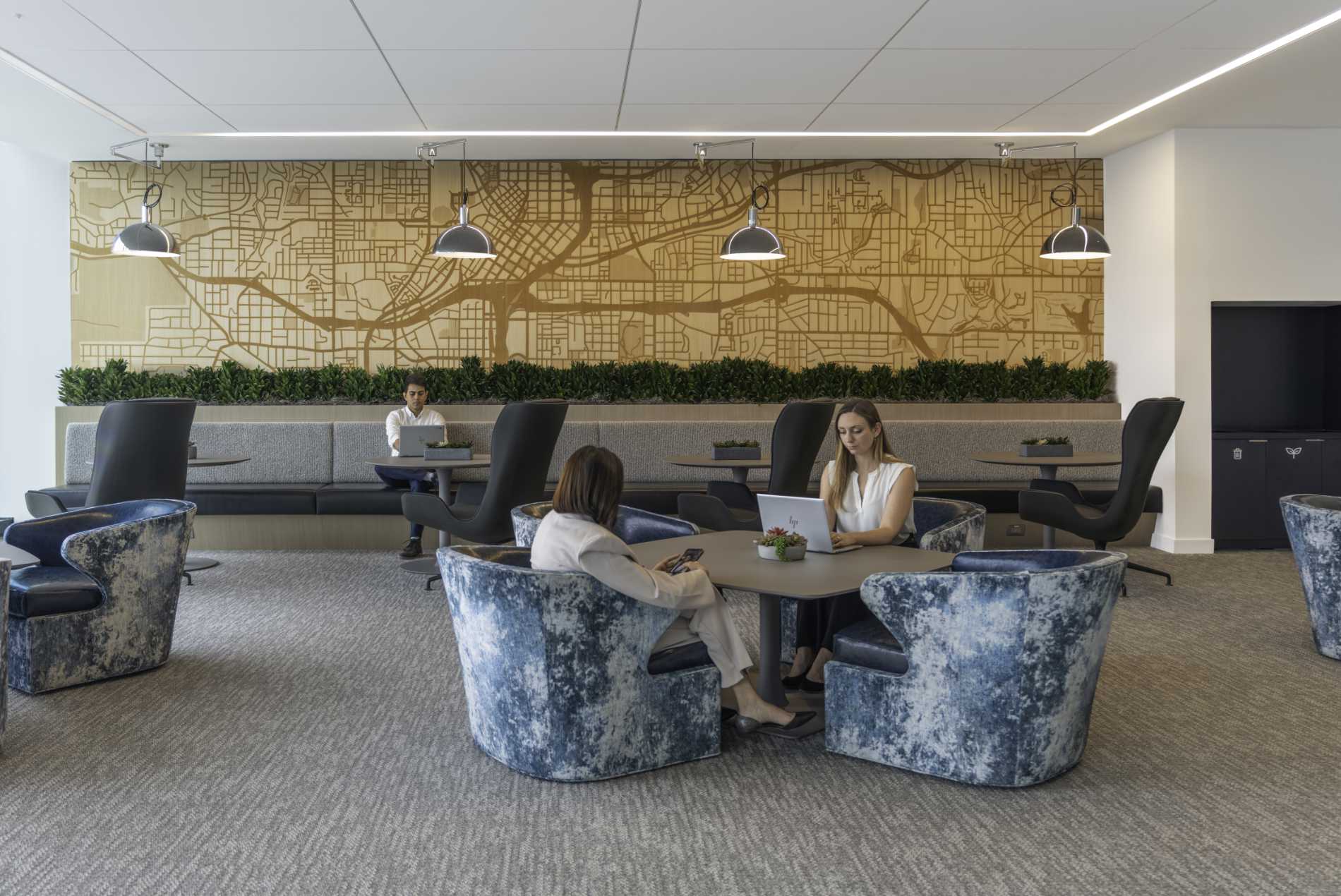
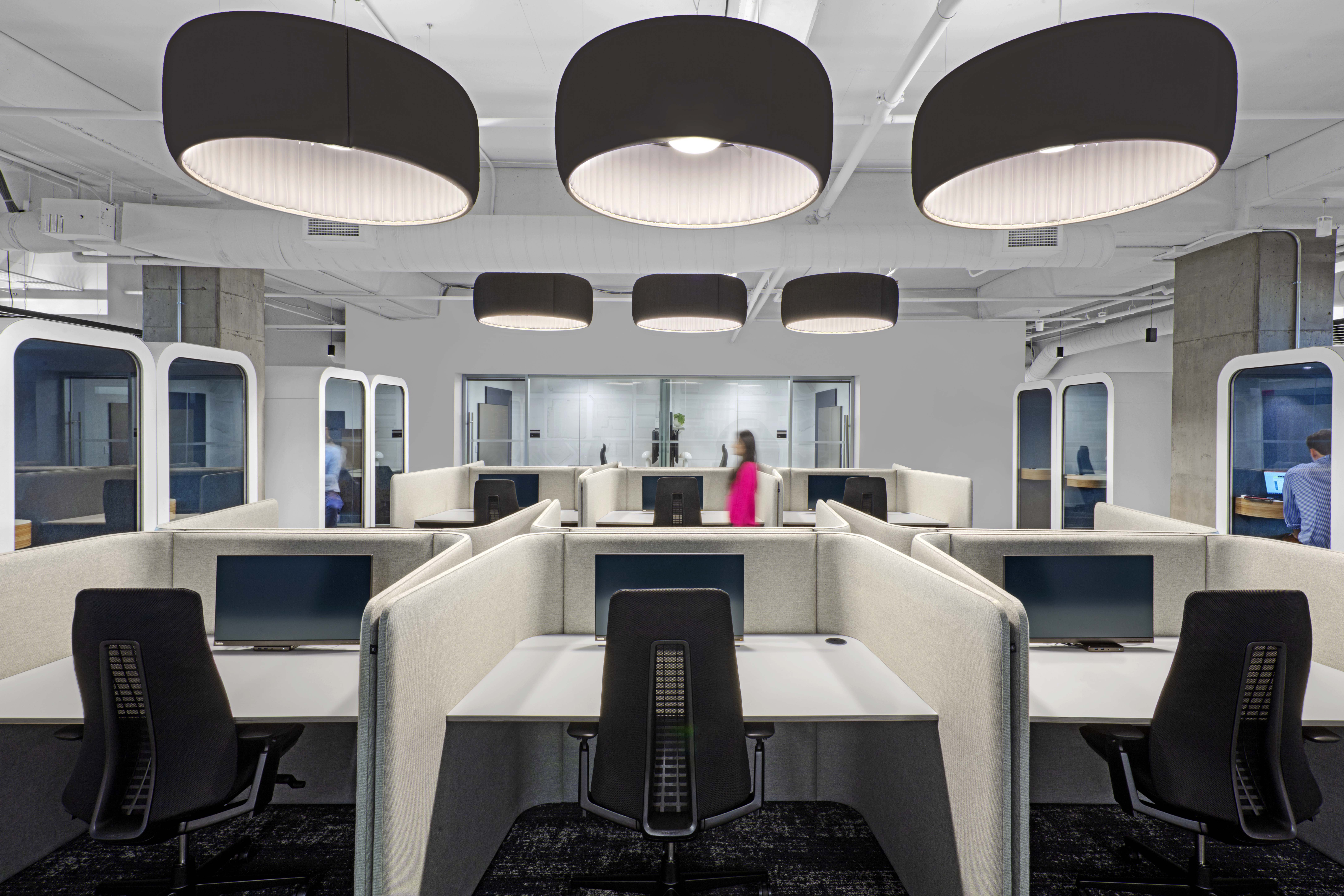
5. Developer/Operator Partnerships: Landlords and coworking operators are teaming up to offer alternative space solutions and shorter lease cycles. Developers have the space. Operators have the know-how. Together, they reduce their risks while leveraging assets and skillsets.
6. Aggregator Platforms: Platforms such as LiquidSpace offer a wide range of on-demand coworking options in one spot for more fluid space management. They also allow companies to post their own excess space for potential use by others.
7. Virtual Coworking: Virtual solutions like CoFocus provide a structured coworker match program that enables remote connections and community while encouraging focus and community.
8. Unique Experiences for Team Gatherings: Platforms like Radious offer Airbnb-style experiences for team get-togethers.
9. Niche Coworking Spaces: We’re seeing a rise in niche coworking spaces targeting specific demographics or professions. For example, Hera Hub offers women-only coworking with amenities like beauty services and lactation rooms, while The Writers’ Room in New York City has become a sanctuary for authors and journalists. These specialized coworking environments align with the unique requirements of their members while creating a sense of belonging and camaraderie.
.
Let’s Connect
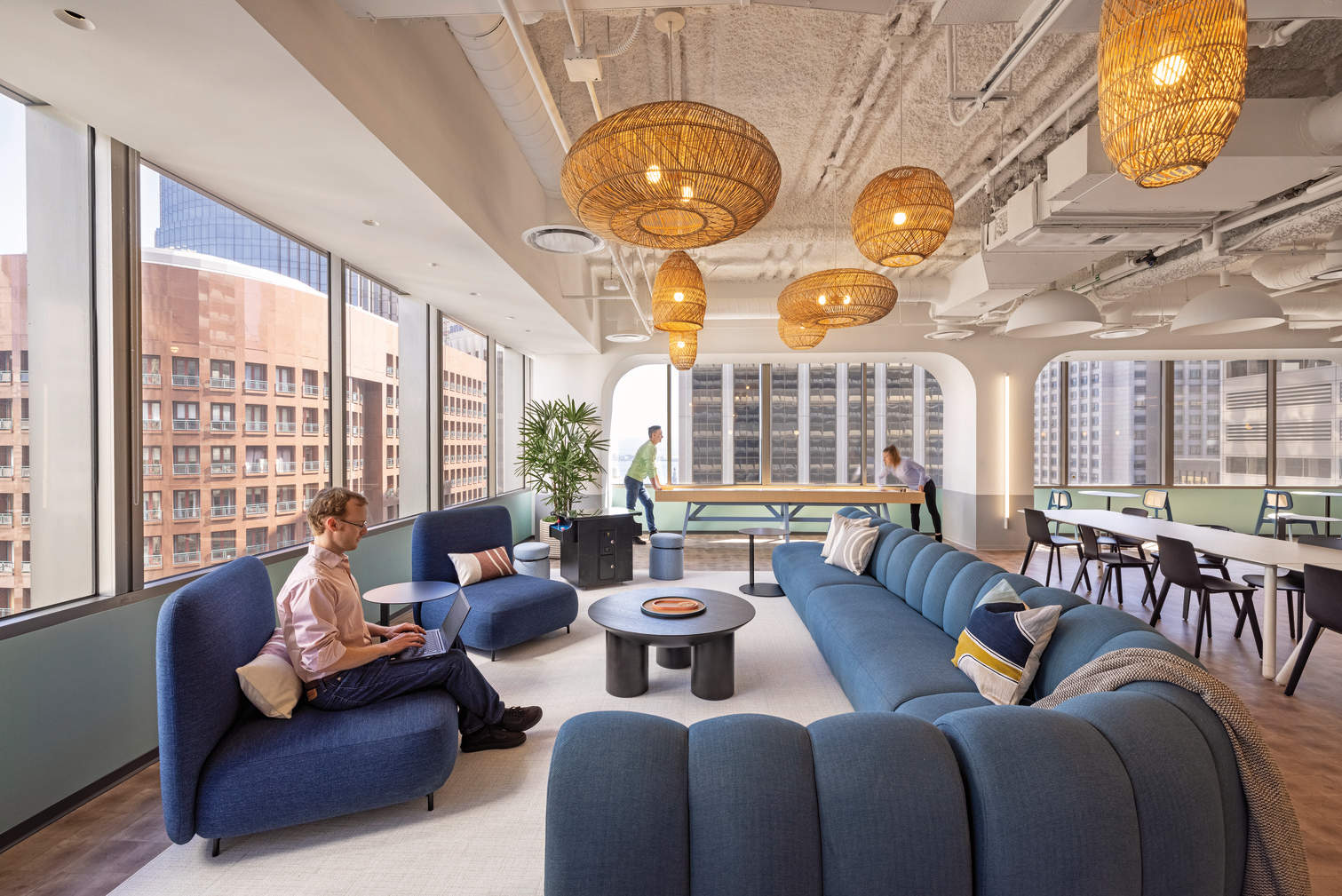
These coworking spaces are adding a new dimension to the future of work. Corporate offices are converging with shared spaces. Demand is growing for flexibility beyond traditional leases. Niche spaces are on the rise.
Forward-thinking organizations are already using shared space strategies. They’re creating agile, engaging workplaces that meet employees where they are. These spaces cater to the needs of hybrid workers, promote innovation and build community within existing space portfolios.
HOK leads the strategic planning, design and implementation of work experiences worldwide. We help organizations incorporate coworking strategies and design these spaces for companies and providers.
For more information about our coworking solutions, please reach out to our team:
Steven Burgos, Director of Design, Interiors, Miami, at steven.burgos@hok.com
Nambi Gardner, Senior Consultant, Los Angeles, at nambi.gardner@hok.com
Kay Sargent, Director of Workplace, Washington, D.C., at kay.sargent@hok.com
Danielle Schmitt, Practice Leader, Interiors, Atlanta, at danielle.schmitt@hok.com